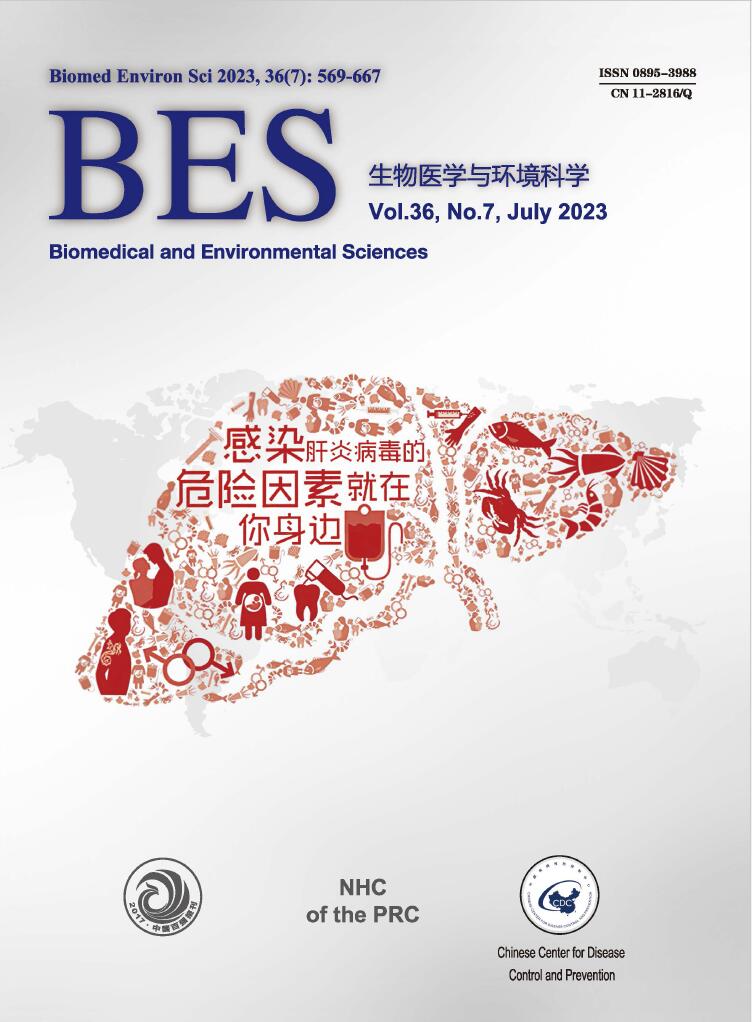-
This standard specifies the evaluation indicators and methods for the growth level and nutritional status of children under 7 years of age.
This standard is applicable to the group and individual evaluation of the growth level and nutritional status of children under 7 years of age.
-
The following documents constitute the essential provisions of this standard through the normative references in the text. For the references dated, only their dated versions are applies to this standard; for the references undated, their latest versions, including all amendments, are applicable to this standard.
-
The following terms and definitions apply to this standard.
-
Children between birth and under 7 years of age (< 84 months of age).
-
Total weight of the human body.
-
Length from the top of the head to the heel in the horizontal position.
-
Vertical height from the top of the head to the bottom of the foot in the standing position.
-
The circumference at the upper edge of the right eyebrow arch passing through the highest point of the occipital ridge.
-
An index for calculating weight for height, under the following Formula (1):
$$ {\rm{BMI}} =\dfrac{ {\rm{Weight}} \; ({\rm{kg}})} {[{\rm{Height}}\; ({\rm{m}})]^2} $$ (1) -
The growth level of children under 7 years old was evaluated according to Table 1 in Appendix A.
Percentile method Evaluation indicator Weight for age Length/height for age Weight for length/height BMI for age Head circumferenceforage ≥ P97 Upper Upper Upper Upper Upper P75 ≤ • < P97 Above average Above average Above average Above average Above average P25 ≤ • < P75 Average Average Average Average Average P3 ≤ • < P25 Below average Below average Below average Below average Below average < P3 Lower Lower Lower Lower Lower Table 1. Percentile evaluation method for growth level of children
-
The growth level of children under 7 years old was evaluated according to Table 2 in Appendix B.
Standard deviation method Evaluation indicator Weight for age Length/height for age Weight for length/height BMI for age Head circumference for age ≥ +2 SD Upper Upper Upper Upper Upper +1 SD ≤ • < +2 SD Above average Above average Above average Above average Above average −1 SD ≤ • < +1 SD Average Average Average Average Average −2 SD ≤ • < −1 SD Below average Below average Below average Below average Below average < −2 SD Lower Lower Lower Lower Lower Table 2. Standard deviation evaluation method for growth level of children
-
The nutritional status of children under 7 years old was evaluated according to Table 3 in Appendix B.
Standard deviation method Evaluation indicator Weight for age Length/height for age Weight for length/height BMI for age ≥ +3 SD − − Severe obesity Severe obesity +2 SD ≤ • < +3 SD − − Obesity Obesity +1 SD ≤ • < +2 SD − − Overweight Overweight −1 SD ≤ • < +1 SD − − − − −2 SD ≤ • < −1 SD − − − − −3 SD ≤ • < −2 SD Low weight Severe growth retardation Slim Slim < −3 SD Severe low weight Severe growth retardation Severe wasting Severe wasting Table 3. Standard deviation evaluation method for nutritional status of children
-
Weight, length, height, and head circumference are measured in accordance with WS/T 424.
Growth Standard for Children Under 7 Years of Age
doi: 10.3967/bes2023.096
| Citation: | Growth Standard for Children Under 7 Years of Age[J]. Biomedical and Environmental Sciences, 2023, 36(7): 663-664. doi: 10.3967/bes2023.096 |








 Quick Links
Quick Links
 DownLoad:
DownLoad: